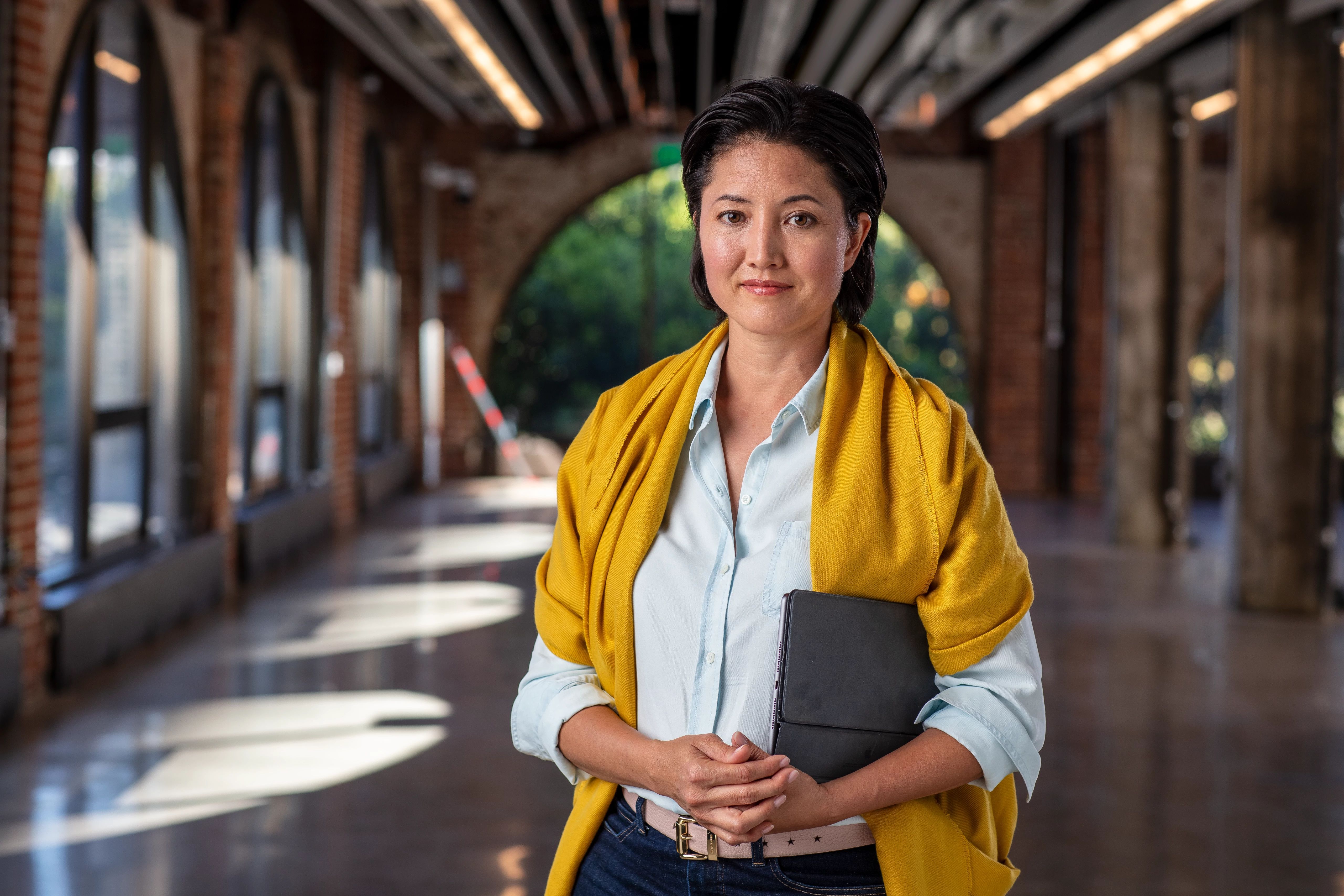AU Learning for What’s Ahead in Architecture

Architecture always has been and always will be about place. And with new digital tools, we’re creating architecture from more places than ever, collaborating remotely and sharing work in distributed ways.
In the process, we’re creating more than the designs themselves: we’re also creating data. Once you can manage and share that data in the cloud, you can start to do things with it—things that ultimately enable architecture to be even more connected, more creative, and more sustainable, as Nicholas Desbiens explains.
These new possibilities require continued learning for architecture professionals. Check out these top classes, articles, and Theater talks to advance your skills and your understanding of a changing industry:
Visualization
The inherent scale and scope of architecture has made it a challenge to share in the design phase. Blueprints? Scale models? They don’t always do it justice. 3D visualization processes are providing a new approach—and best of all, they can often be shared remotely. Balazs Lengyel shows you how to put VR to work to build a collaborative game environment to make design viz immersive and interactive. And Ernesto Pacheco talks about his use of Universal Scene Description (USD), an open source format from entertainment, to enable live collaborative design sessions.
Embodied carbon
Over the past 50 years, we’ve made great strides reducing carbon emissions from building operations. But what about the emissions that come from the building process itself? These are referred to as “embodied carbon,” and simulation and analysis tools are providing new ways to anticipate and optimize embodied carbon in the design phase—the easiest time to make important changes to material choices or the model.
Kayleigh Houde shows you how to use Revit and Dynamo to assess and visualize CO2 impact directly in your BIM model. Panu Pasanen and Marios Tsikos discuss the basic approach to reducing embodied carbon through BIM and LCA. And the team from Perkins & Will shares their breakthrough work using mass timber for building instead of steel and concrete, which brings significant reductions in embodied carbon.
Digital twins
Digital twins are where the physical and digital worlds meet. They bring together data from BIM models, construction documents, sensors, simulation, and analysis to create an ever-evolving digital reflection of an actual building. They can help you predict performance, manage operations, and extract insights to drive value over the entire building lifecycle.
Kean Walmsley explains how to build a digital twin using Forge. Robert Bray leads a panel discussion about the value of digital twins for owners, discussing industry adoption and approaches being taken by leading companies. And Diego Faria and Marcos Harano share how you can create digital twins with BIM models and the Unity game engine.
You can learn more about the trends and technologies shaping architecture anytime.




